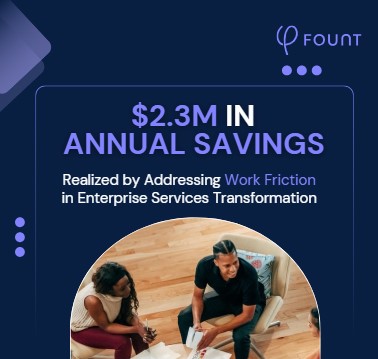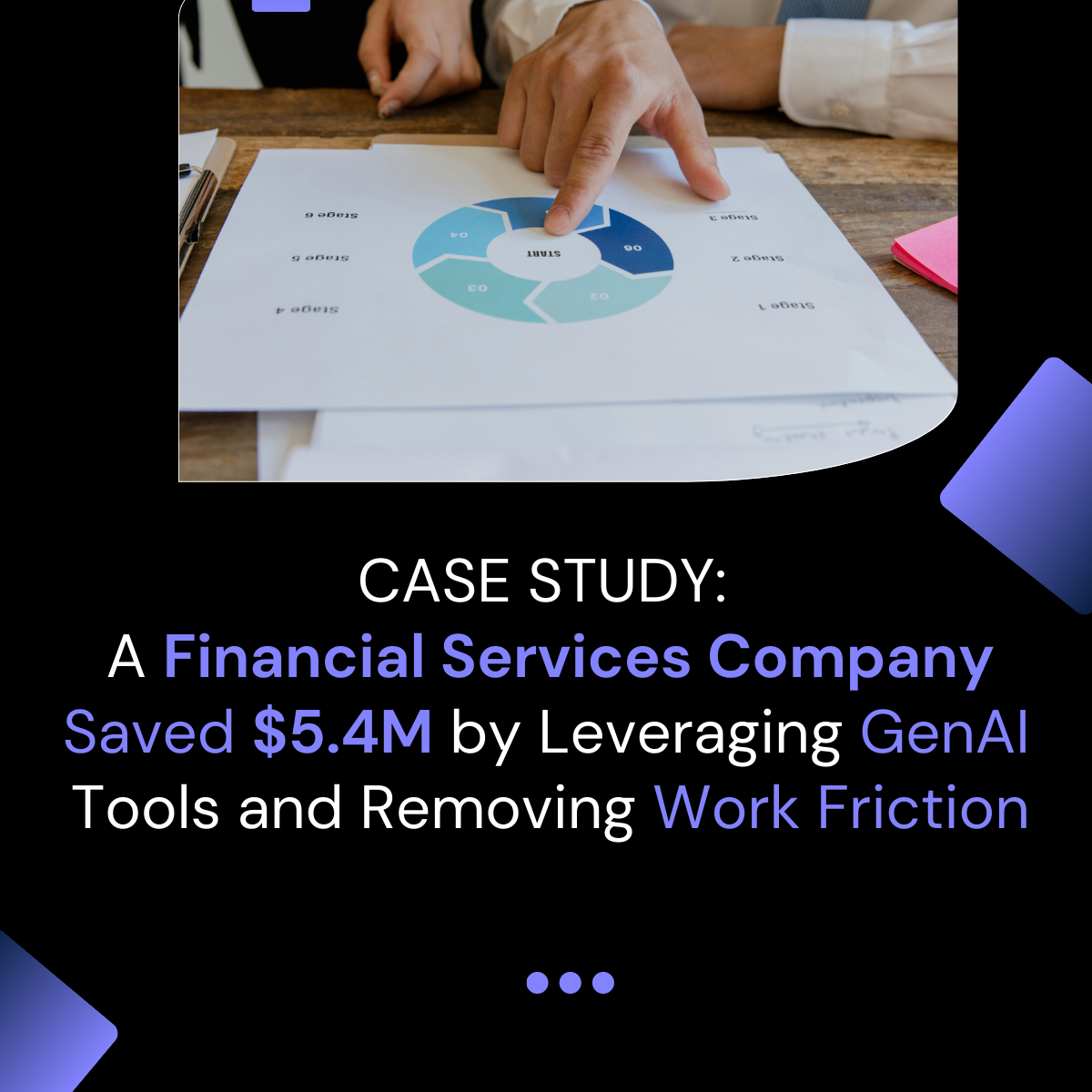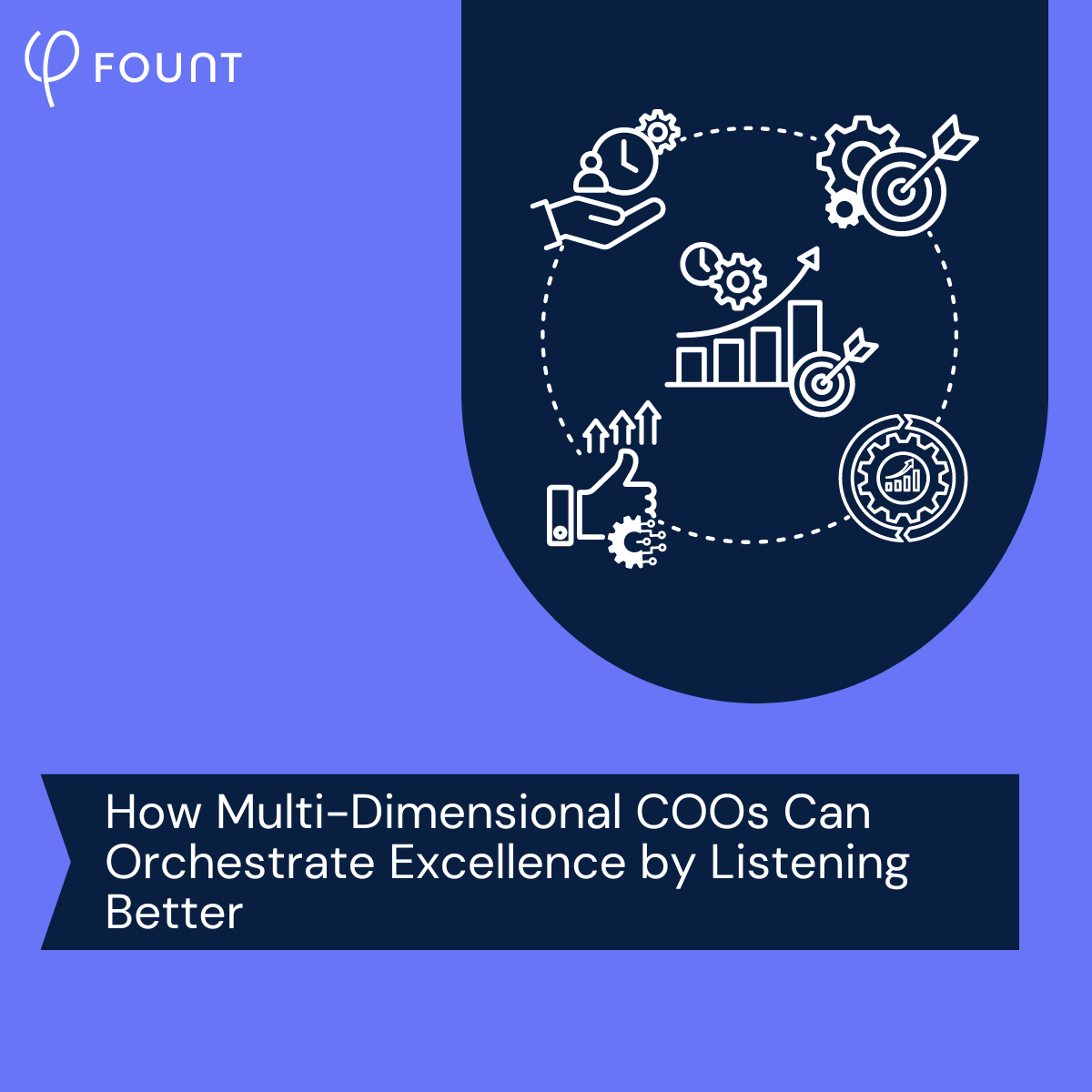Table of Contents
It’s Time to Talk About “Addition Sickness,” aka Doing Less with More
A summary of the details of the article will go here.
Imagine you’re at an organization where the solution to every problem – from internal communication to frontline productivity – is always “more.” More software. More policies. More meetings. More metrics. Before long, as professor and psychologist Robert Sutton puts it, you feel like you’re “walking in muck.”
Sutton calls this experience “addition sickness”: what happens when organizations solve problems by piling on new tools, policies, and initiatives. Constantly adding more stuff can cause the kind of chaos and clutter that creates work friction. And that can impact organizations’ bottom line.
How can digital transformation leaders cure addition sickness? We’ll explain how in this piece. But first, here’s a closer look at what this ailment looks like at most organizations.
The Three-Pronged “Virus” that Causes Addition Sickness
The “virus” that causes addition sickness exists in practically every organization. Sutton breaks it down into three prongs:
- Humans default to addition. When people confront a problem, they tend to ask, “What can I add here?” instead of “What can I get rid of?” If there’s a communication challenge between teams, the urge might be to add a new collaboration tool instead of looking for barriers that could be in employees’ way (like complex email approvals or a daily deluge of Slack messages).
- Organizations reward addition: Organizations often celebrate leaders who spearhead a new tech rollout or internal policy initiative. This creates a tangible incentive to add more to the work environment.
- Leaders can’t always see their “cone of friction”: This is the range of people affected by someone’s actions and decisions. In the context of addition sickness, the act of constantly adding more has a real impact on employees (something we’ll get to in a bit).
By now, you can probably see how easy it is to become infected with addition sickness. In the next section, we’ll dive into the biggest symptom and how it impacts organizations.
The Biggest Symptom: Rampant Work Friction
Addition-sick organizations tend to have a lot of work friction: i..e, technology, policies, and processes that make workers’ lives harder.
Remember the analogy of walking through muck? For employees, it’s as if it takes ten times the effort to do their jobs. Just imagine the experience on the ground: toggling between five disconnected digital platforms, requiring three separate approvals for a customer email, etc.
As employees’ work environment grows more complex, they become less efficient and productive. Over time, they become less satisfied – and often burn out altogether.
For organizations, the bottom-line impact is significant. To start, there’s the constant spend on hiring and onboarding due to high turnover. But there’s also the lost productivity from overburdened workers. And the organizational knowledge that disappears with every employee resignation.
The takeaway? Addition sickness has a steep organizational and financial cost – one so big it’s hard to quantify.
The Cure: Use Data to Subtract and Simplify Friction
We’ve talked a lot about the “addition” part of addition sickness. But it can also help to think of this condition as a failure to subtract: i.e., to simplify what exists before adding something new.
In many cases, the organizational problems that leaders want to fix stem from work friction that already exists. If that friction isn’t resolved, any new policy, process, or tool will only make things worse.
The cure for addition sickness, then, is to fix work friction. One of the best ways to do that: ask employees where friction exists for them and how it impacts their daily experience.
With great work friction data, you can design solutions that target real employee problems. Maybe that means streamlining an approval workflow. Or simplifying your tech stack. Or introducing no-meeting Tuesdays. No matter your approach, you can continuously measure its impact via regular employee check-ins and adjust as needed.
Sometimes, the ultimate solution might actually involve adding something new. But by adopting a work friction lens, you’ll be able to do so in a way that makes workers’ lives easier.
Pave the Way for a Friction-Free Organization
If you’re worried your organization suffers from addition sickness, you’re not alone. If we had to bet, it’s a condition that likely plagues most organizations today. But it doesn’t have to.
By fighting work friction wherever it exists, you can create a simpler and healthier work environment for your employees. And in the process, you can protect your bottom line.
If you’re not sure where to start, FOUNT can help. Give us a shout – we’d love to help work flow at your organization.
Related Resources
See all News
FOUNT News
LIVE Webinar. Beyond AI Hype: How to De-Risk Your GBS Transformation with Friction Data

Guest Post
3 Signs Your GBS Is Creating Friction Instead of Flow (And How to Fix It)

FOUNT News
June Newsletter: Friction is Killing Your AI ROI.
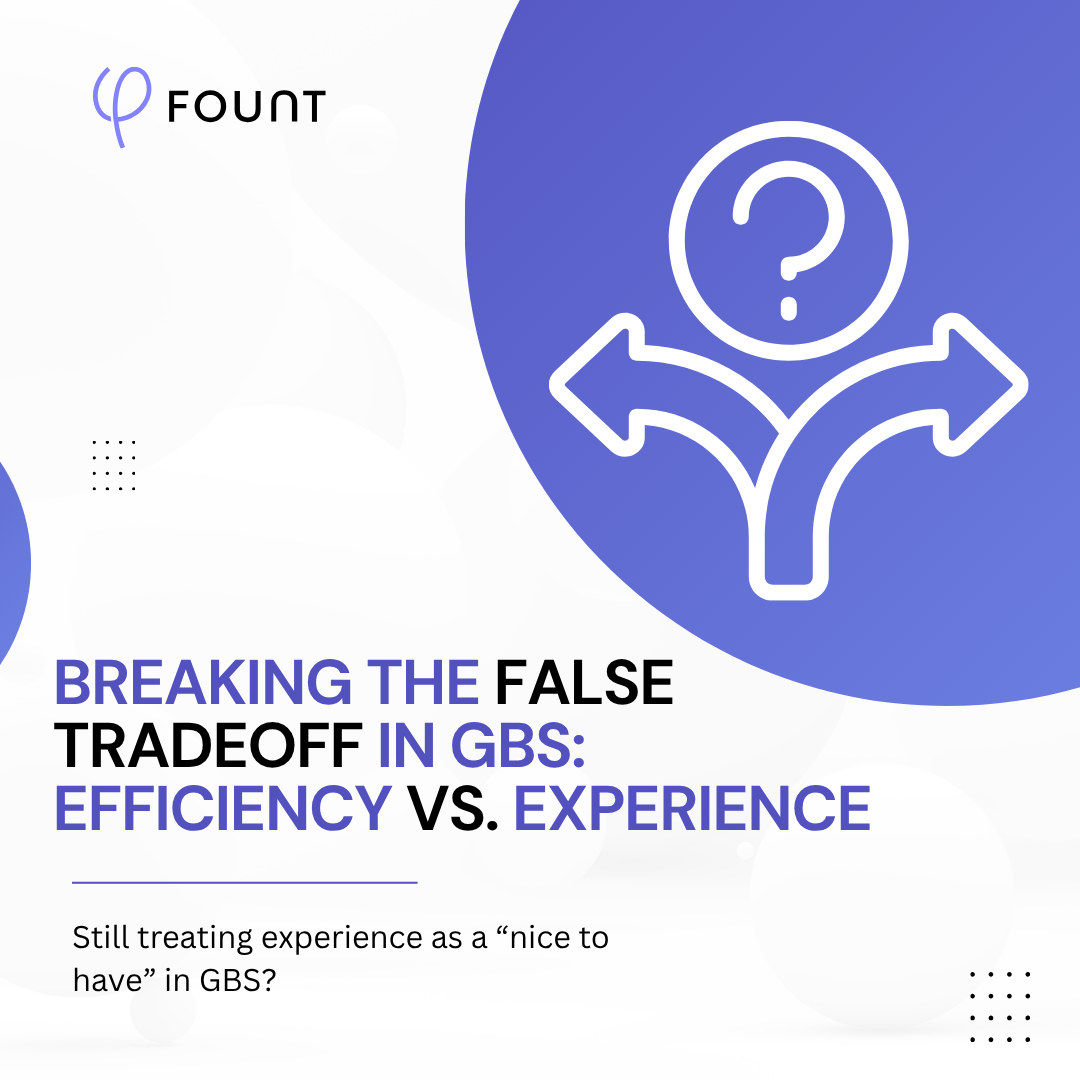
Insights
Breaking the False Tradeoff in GBS: Efficiency vs. Experience

Events
LIVE Webinar – July 9th for SSON Network. Beyond AI Hype: How to De-Risk Your GBS Transformation with Friction Data

Insights
To Create New Value, GBS Leaders Need Different Data
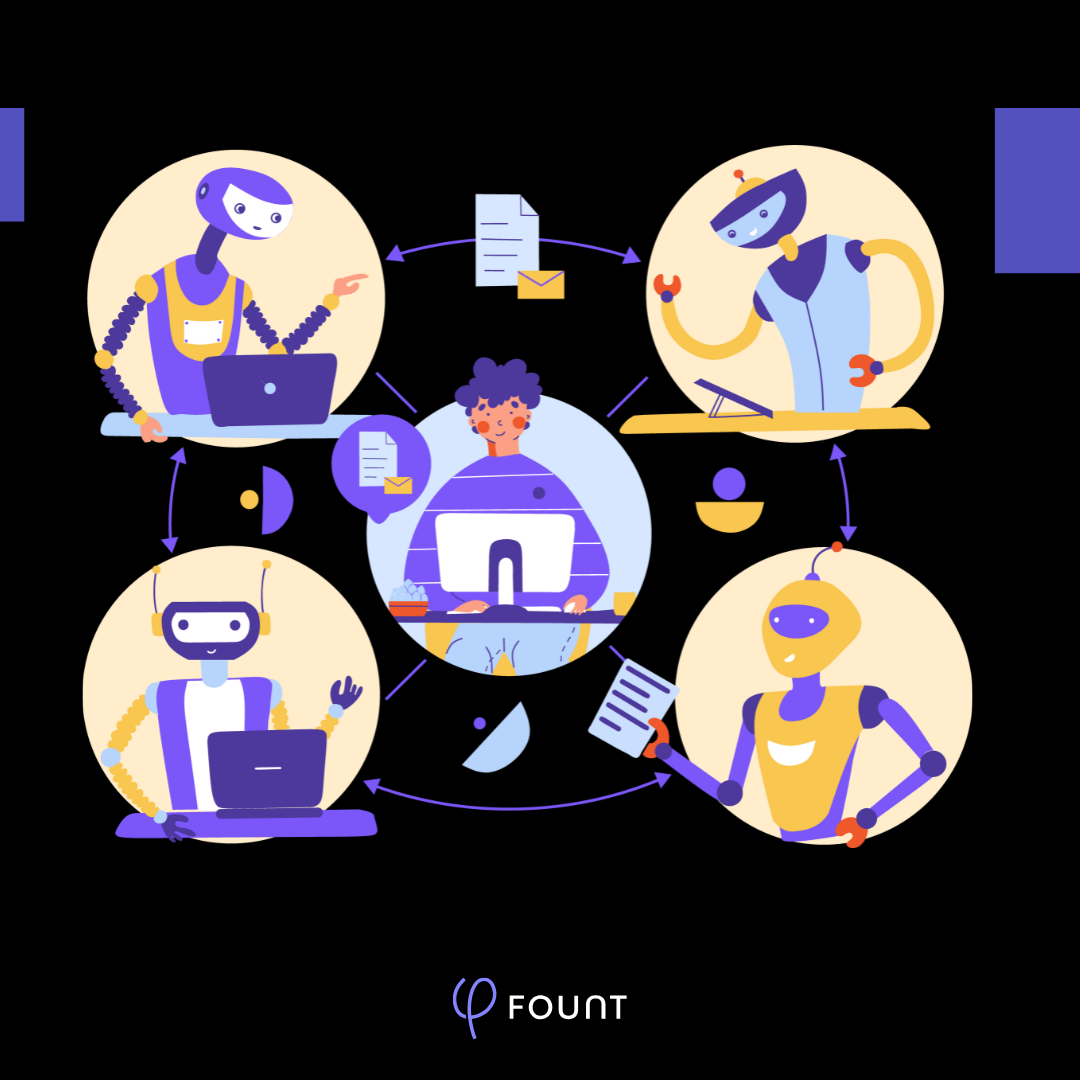
Insights
How to Keep Up with the Latest AI Developments
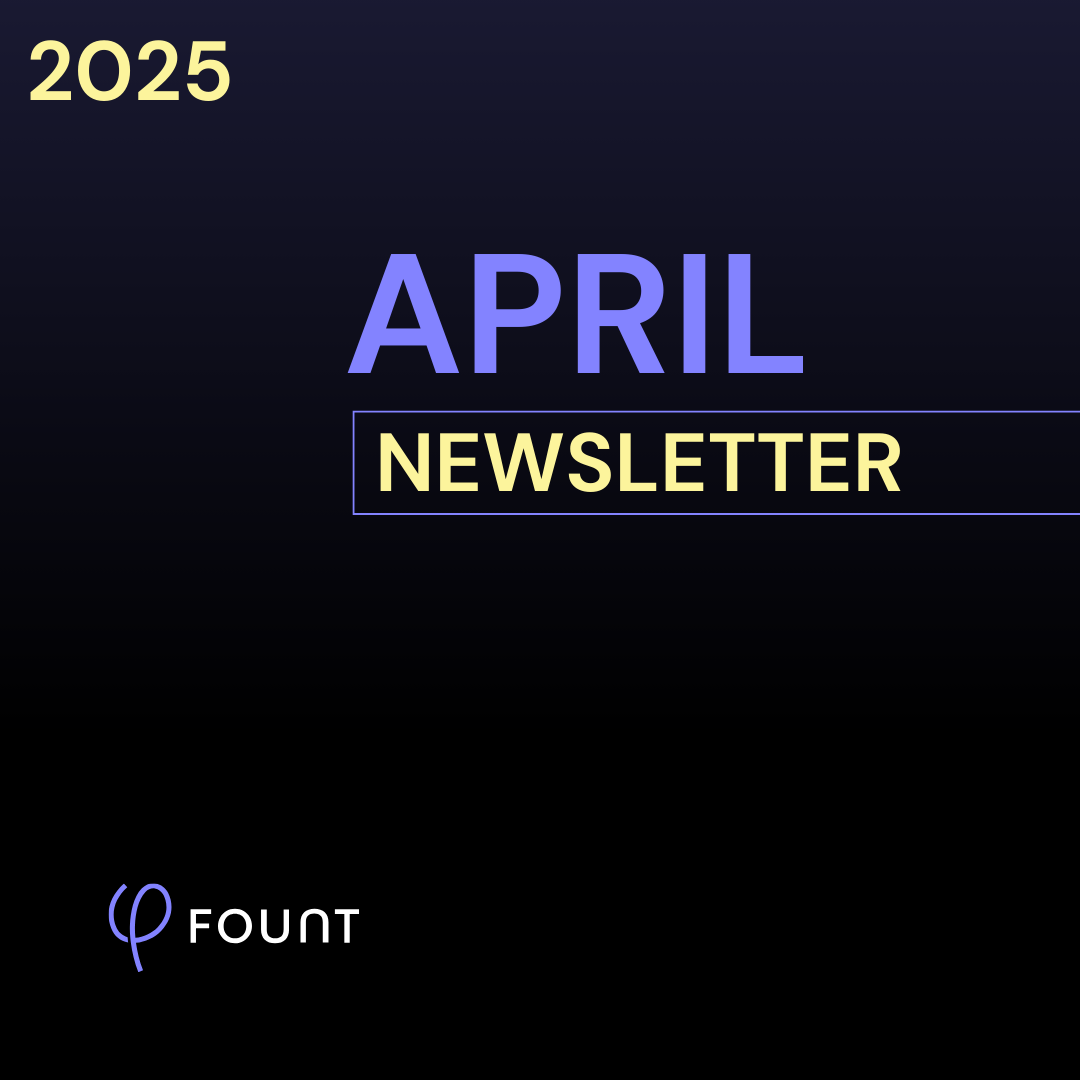
Insights
APRIL Newsletter. Friction: You Can’t Improve What You Can’t See
